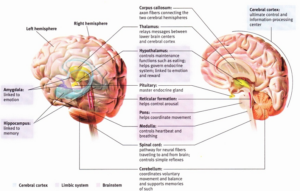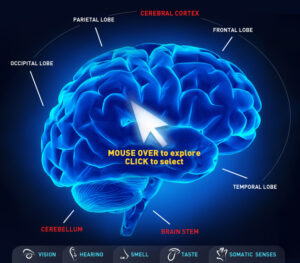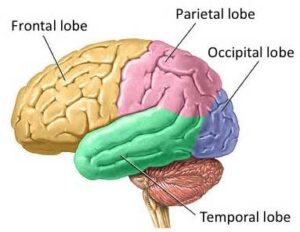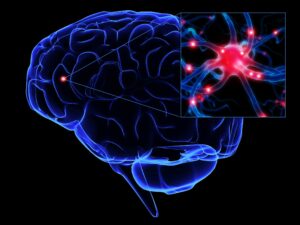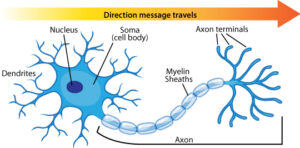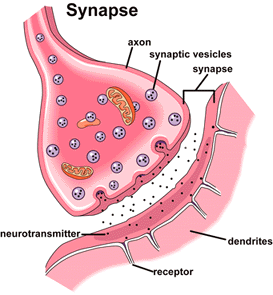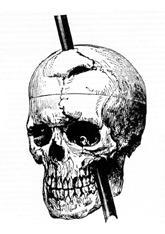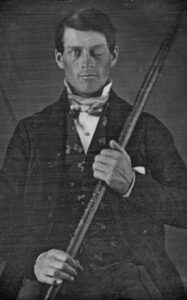 Adele Diamond is a developmental cognitive neuroscientist. She is currently a professor of Developmental Cognitive Neuroscience at the University of British Columbia. She is also a Fellow of the Royal Society of Canada. Diamond has recently been named one of the 15 most influential neuroscientists. Diamond’s main area of research is executive functions. Executive functions include many different aspects; cognitive flexibility, working memory, inhibitory control, and attentional shifting. Executive functions are important for creative and flexible problem-solving, meeting unanticipated challenges, self-control, reasoning, and the discipline to persevere. Diamond specifically looks at how executive functions are affected by biological and environmental factors in children. Her research has improved treatment for medical disorders and ADHD, as well as impacted early education. Diamond is now looking into the possible roles of traditional activities like music and dance in the improvement of executive functions, academic outcomes, and mental health.
Adele Diamond is a developmental cognitive neuroscientist. She is currently a professor of Developmental Cognitive Neuroscience at the University of British Columbia. She is also a Fellow of the Royal Society of Canada. Diamond has recently been named one of the 15 most influential neuroscientists. Diamond’s main area of research is executive functions. Executive functions include many different aspects; cognitive flexibility, working memory, inhibitory control, and attentional shifting. Executive functions are important for creative and flexible problem-solving, meeting unanticipated challenges, self-control, reasoning, and the discipline to persevere. Diamond specifically looks at how executive functions are affected by biological and environmental factors in children. Her research has improved treatment for medical disorders and ADHD, as well as impacted early education. Diamond is now looking into the possible roles of traditional activities like music and dance in the improvement of executive functions, academic outcomes, and mental health.
When Diamond began her research in the 1980s on developmental cognitive neuroscience, it was a major landmark in the combination of developmental psychology, cognitive science, and neuroscience. In the 1990s, Diamond and colleagues made discoveries that led to the improvements of the treatment for phenylketonuria (PKU). They determined the biological mechanism that causes executive function deficits in children who are being treated for PKU. In the 2000s, Diamond conducted research on the clinical differences between ADHD with hyperactivity and inattentive-type ADHD. Her research was greatly appreciated by ADHD patients. She also conducted research on the effects of education on executive functions. She discovered that the better the child’s executive functions, the better their performance on standardized measures of academic performance. This research found that executive functions could be improved in children by teachers in classrooms, without computerized training. Diamond’s research has led to an increase in interest in the capability of early interventions to improve executive functions to combat mental health issues and school issues.
 Vilayanur S. Ramachandran (1951-) is a neuroscientist from Tamil Nadu, India. He is best known for his work in behavioral neurology and visual psychophysics. He is currently a professor in the Department of Psychology and the Graduate Program in Neurosciences at the University of California, San Diego, and he is the director of the Center for Brain and Cognition. Ramachandran studied at the University of Madras in Chennai, India, as well as Trinity College at the University of Cambridge. Ramachandran has conducted research on a variety of topics. He began by doing research on human visual perception. He then moved on researching neurological syndromes like phantom limbs, body integrity identity disorder, and the Capgras delusion. Ramachandran also worked with the understanding of synesthesia and invented the mirror box. Ramachandran is known for using simpler technology in his experiments.
Vilayanur S. Ramachandran (1951-) is a neuroscientist from Tamil Nadu, India. He is best known for his work in behavioral neurology and visual psychophysics. He is currently a professor in the Department of Psychology and the Graduate Program in Neurosciences at the University of California, San Diego, and he is the director of the Center for Brain and Cognition. Ramachandran studied at the University of Madras in Chennai, India, as well as Trinity College at the University of Cambridge. Ramachandran has conducted research on a variety of topics. He began by doing research on human visual perception. He then moved on researching neurological syndromes like phantom limbs, body integrity identity disorder, and the Capgras delusion. Ramachandran also worked with the understanding of synesthesia and invented the mirror box. Ramachandran is known for using simpler technology in his experiments.